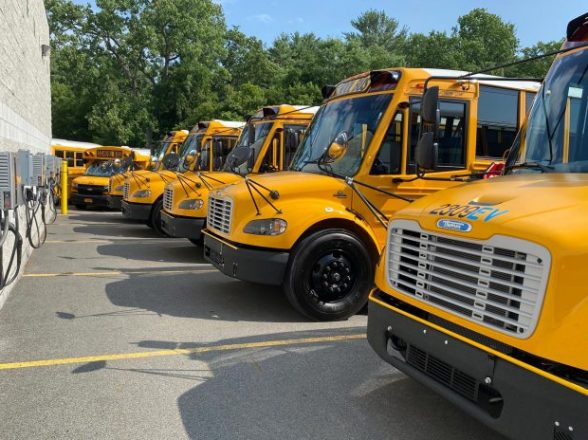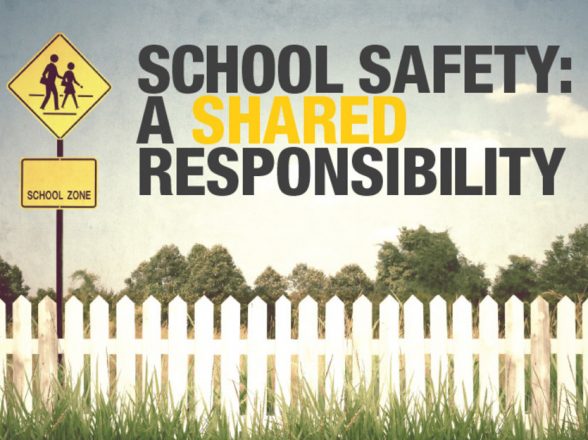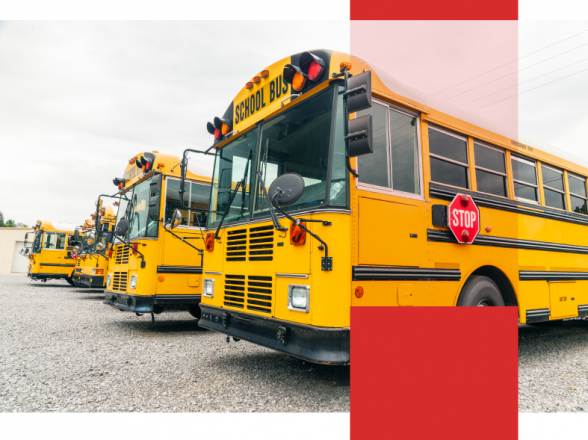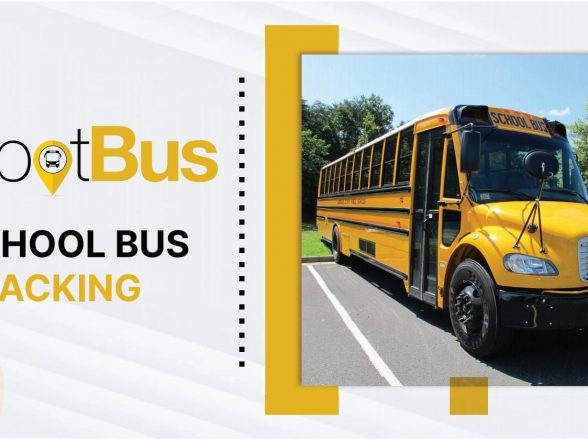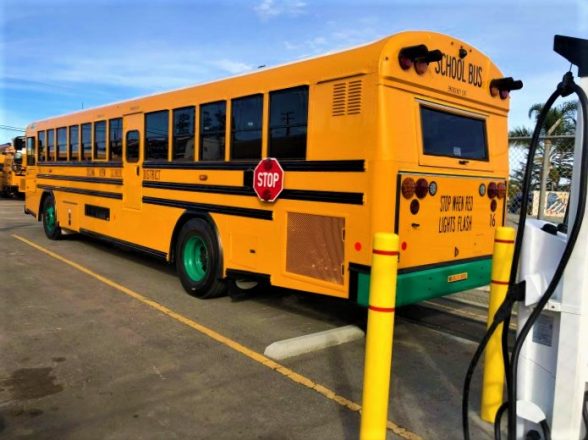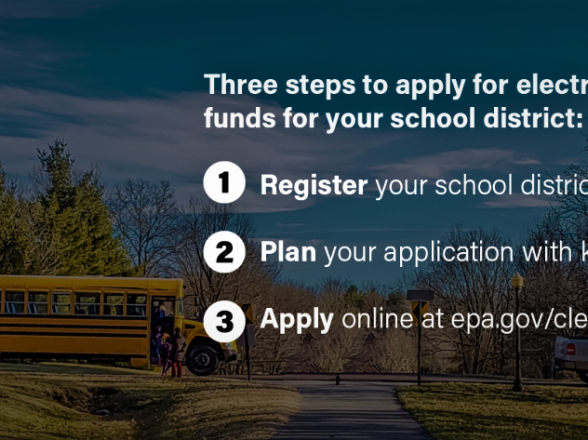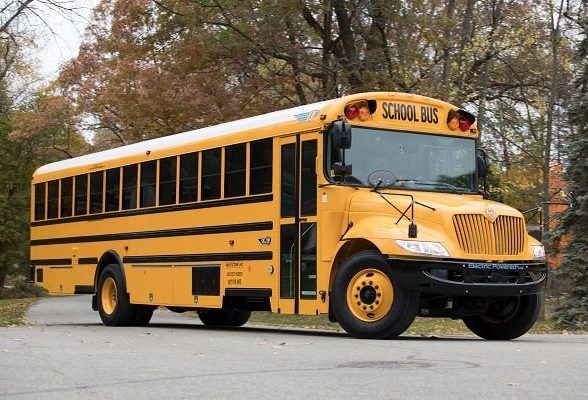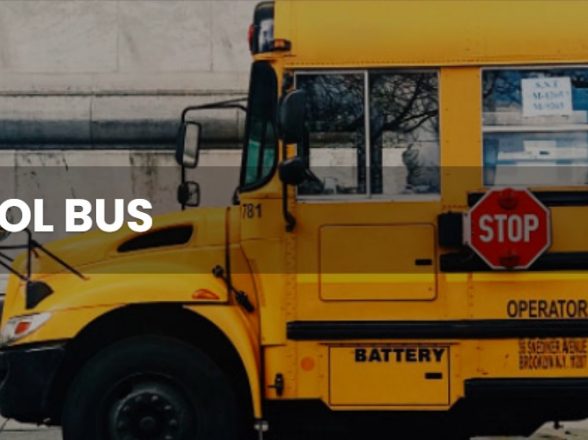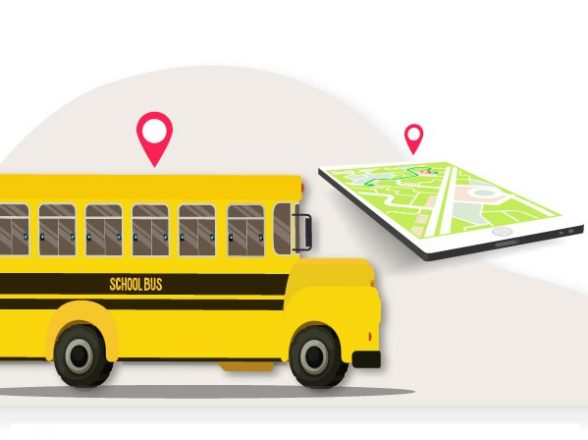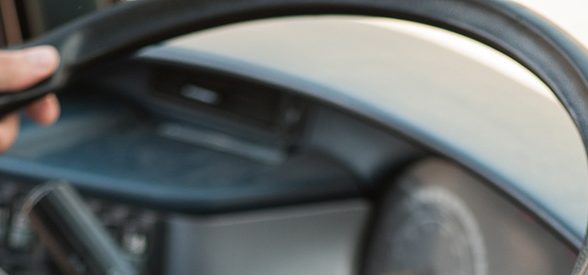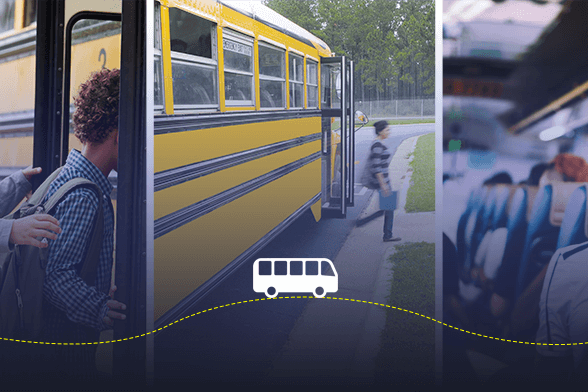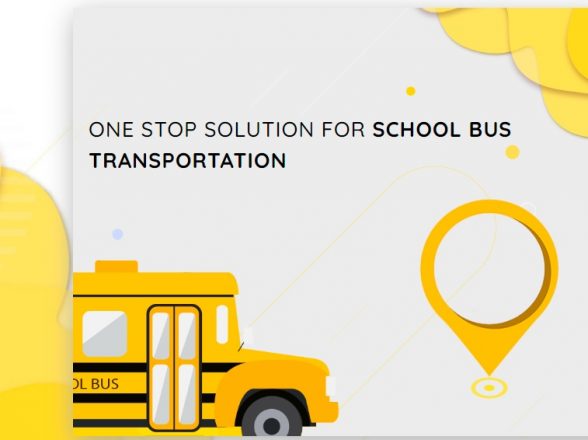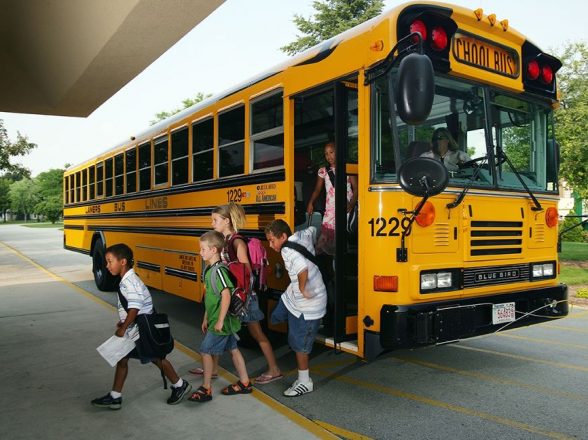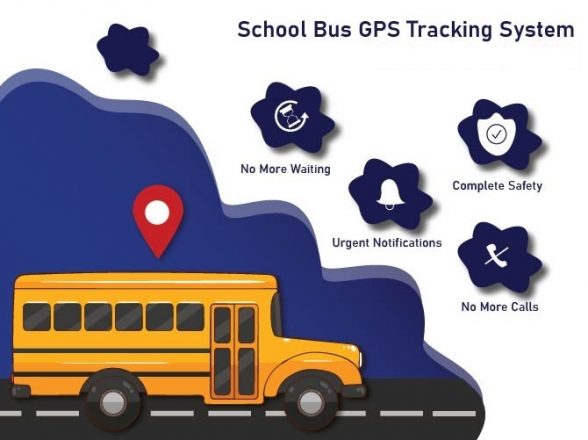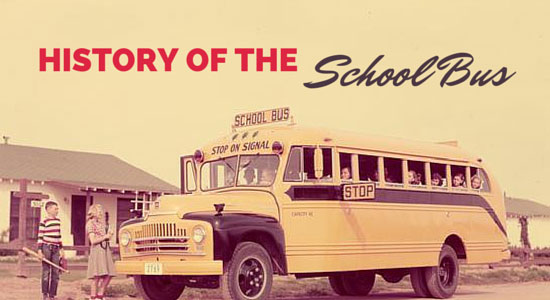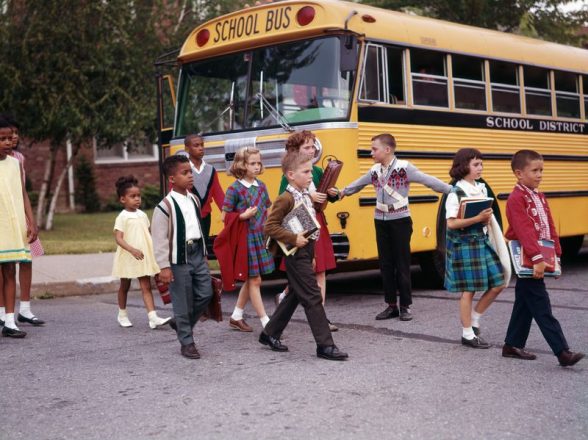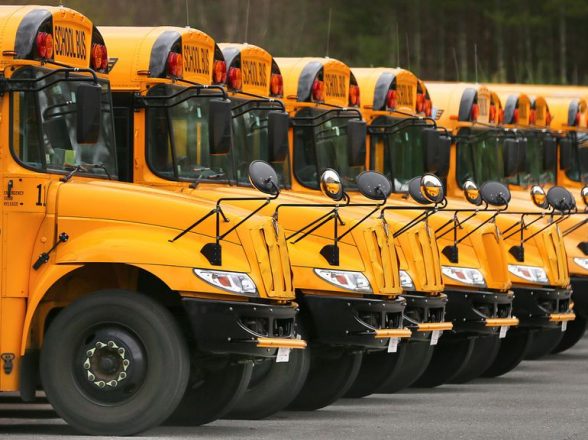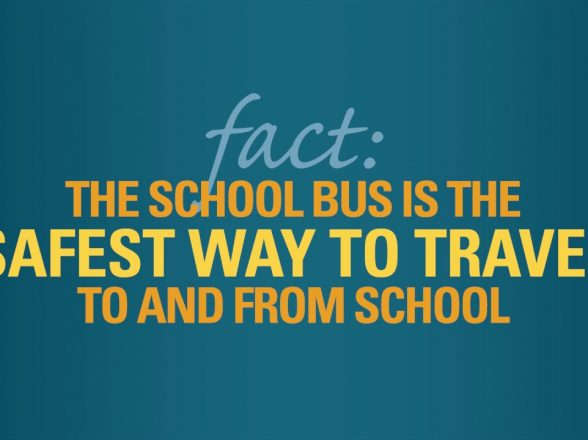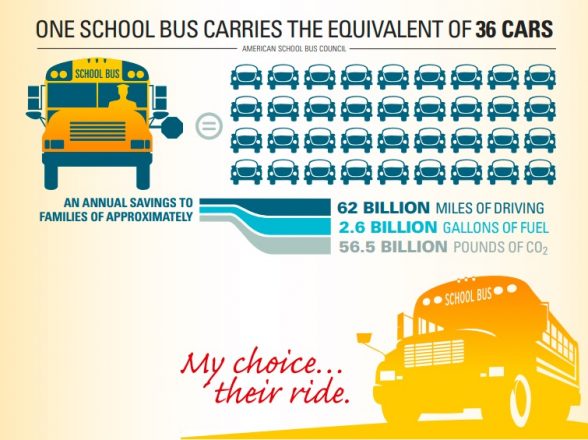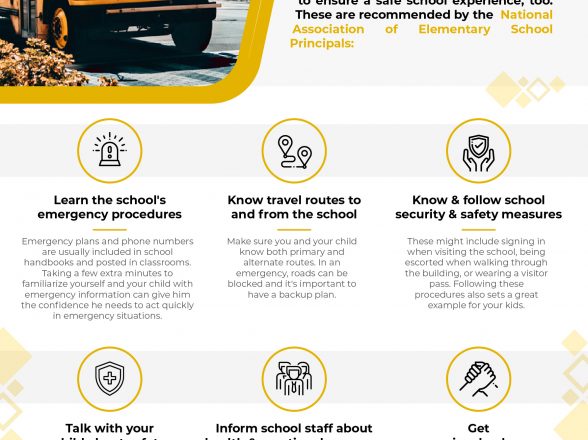SAFETY FEATURES OF THE SCHOOL BUS
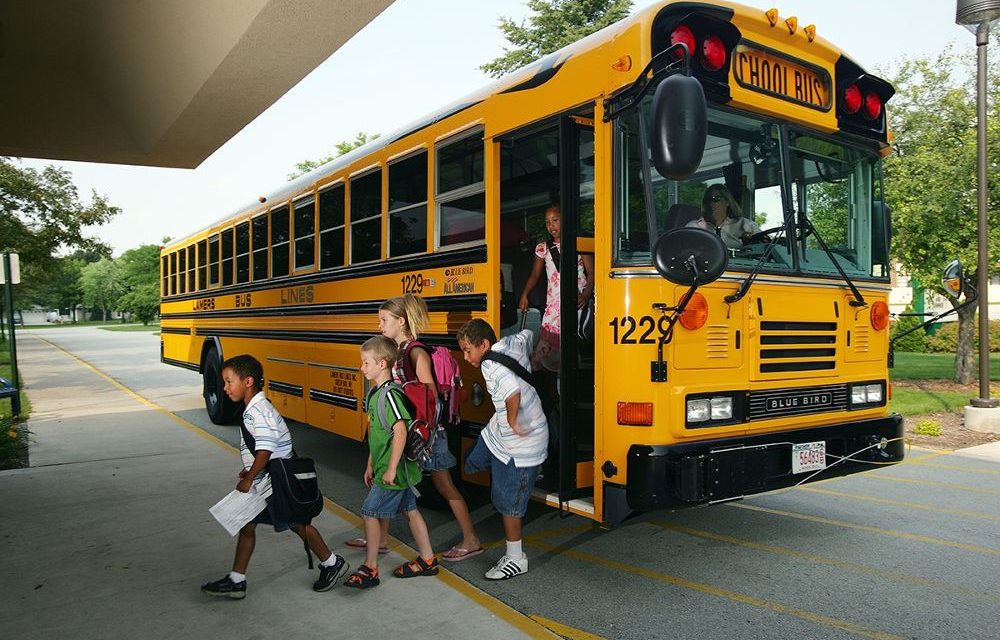
The school bus is the safest vehicle on the road because of the cooperative efforts between industry and government regulators. Its history of innovation and development is well documented. School bus traffic laws are strictly enforced. School bus drivers are well trained. These are just some of the reasons why they are safer than cars in avoiding crashes and injuries.
Q: How has the school bus changed over the years?
A: Today’s school buses are tougher, cleaner, safer, and more diligently maintained than ever before.
Q: Are there special requirements for school bus drivers?
A: Yes, school bus drivers are well trained in safety procedures, undergo record checks, and must participate in pre-employment and random drug and alcohol testing.
Q: Why are school buses a safer way to send children to school than by car?
A: School buses are designed differently than passenger cars. They have safety features that make them safer than cars in avoiding crashes and injuries. Stop arm laws protecting children from other motorists exist in every state.
Q: How do laws protect students who are getting on and off the school bus?
A: By making it illegal for a motorist to pass a school bus within the roadway as it drops off or picks up passengers—regardless of the direction of approach.
Q: What are some of the safety features that help protect students on the school bus?
A: School buses are equipped with flashing red lights, cross-view mirrors, and stop-sign arms. They also have protective seating, high crush standards, rollover protection features, and are designed to be highly visible.
Q: How do school buses reduce the carbon footprint?
A: With a nationwide capability of removing up to 17 million cars from joining the daily commute, school bus ridership saves over 20 million tons of CO2 emissions each year.
Q: What emerging technologies are being considered for future school buses?
A: Improvements to and additions of restraint systems, cross arms, and green technology are constantly evolving. Conversations around wi-fi, video, and inspection and tracking technologies are ongoing.
Q: What Federal Government oversight is involved with the quality and maintenance of the school bus?
A: At the national level, there are currently 10 congressional committees and a number of departments that directly affect the industry— including three Department of Transportation agencies.
Students are about 70 times more likely to get to school safely if they take the school bus instead of traveling by car.




